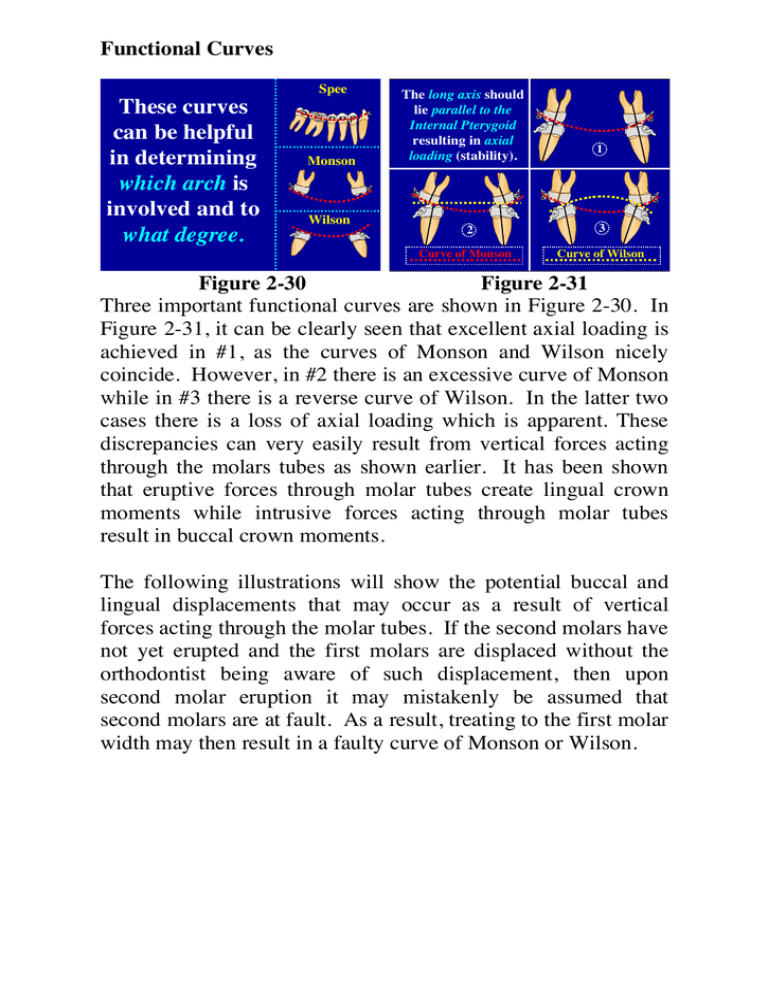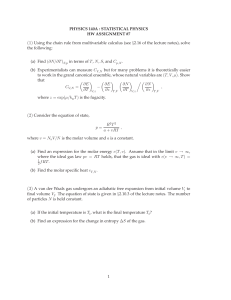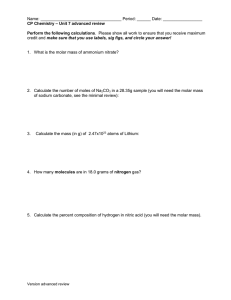These curves can be helpful in determining which arch is involved
advertisement

Understanding Forces and Moments 2 24 Functional Curves Spee These curves can be helpful in determining which arch is involved and to what degree. Monson Wilson The long axis should lie parallel to the Internal Pterygoid resulting in axial loading (stability). 2 Curve of Monson 1 3 Curve of Wilson Figure 2-30 Figure 2-31 Three important functional curves are shown in Figure 2-30. In Figure 2-31, it can be clearly seen that excellent axial loading is achieved in #1, as the curves of Monson and Wilson nicely coincide. However, in #2 there is an excessive curve of Monson while in #3 there is a reverse curve of Wilson. In the latter two cases there is a loss of axial loading which is apparent. These discrepancies can very easily result from vertical forces acting through the molars tubes as shown earlier. It has been shown that eruptive forces through molar tubes create lingual crown moments while intrusive forces acting through molar tubes result in buccal crown moments. The following illustrations will show the potential buccal and lingual displacements that may occur as a result of vertical forces acting through the molar tubes. If the second molars have not yet erupted and the first molars are displaced without the orthodontist being aware of such displacement, then upon second molar eruption it may mistakenly be assumed that second molars are at fault. As a result, treating to the first molar width may then result in a faulty curve of Monson or Wilson. Understanding Forces and Moments 2 Lingual Crown Displacement 1 Buccal Crown Displacement Original Molar Width 2 3 Change in Molar Width 2nd Molar Width is Normal Figure 2-32 25 1 Original Molar Width 2 3 Change in Molar Width 2nd Molar Width is Normal Figure 2-33 In Figure 2-32 #1, the eruptive Second Molars are in force has caused the first molars to move lingually as normal position. observed in #2. In #3, the second molars have now erupted. It remains important to know which of the molars Second Molars are in normal transverse dimension. are out of position. In Figure 2-33 the same series of events Figure 2-34 has occurred with first molars moving buccally due to intrusive forces acting through the molars. It can be observed that second molar eruption may create the illusion that they have erupted too far to the lingual. In Figure 2-34 it can be seen that casual observation could easily lead one to believe the first molars are normal in width with second molars being the problem. The above movements make it important for the clinician to include the functional curves of Monson and Wilson in observing treatment progress. A failure to harmonize these Understanding Forces and Moments 2 26 curves may result in functional problems involving axial loading and leading to later instability. This concludes the chapter regarding forces and moments. What may have appeared to be quite elementary at this point will prove to be highly important in applying fundamental mechanics in everyday treatment. Most of what is contained in this book has not been taught as part of an orthodontic curriculum. By understanding the contents presented there will be many opportunities to treat patients in a unique manner regarding the applied mechanics. In addition it will be discovered that there are many approaches available that will lessen the need for patient cooperation without the need for appliances that displace lower incisors because of the undesirable reciprocal effects when treating opposing arches with interarch appliances. You are about to discover many ways of providing intra-arch solutions for many malocclusions that will help to avoid placing appliances on opposing arches which may be normal and require no change.



